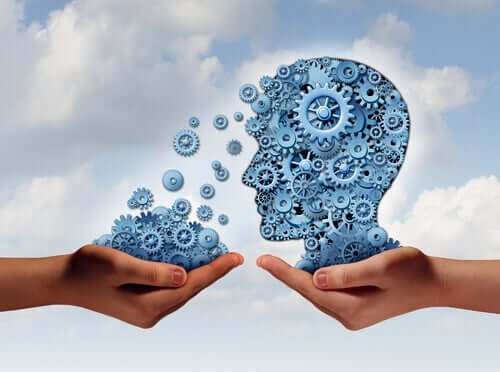Currently, neuropsychological rehabilitation plays a central role in health services for its usefulness in traumatic events related to the brain, it should be noted that the rehabilitation process is vital to give the person greater autonomy and, therefore, better social reintegration.
Several aspects must be taken into account when choosing the neuropsychological rehabilitation plan, each of which can affect the development of therapy and its results, but what are these variables?
- The first thing to mention are the injury variables.
- They highlight aspects directly related to the patient’s injury.
- Especially in the direct effect that the structure and function of the brain can have.
One aspect to consider is the location or reason for brain damage. The main causes include head trauma, stroke, brain tumors or infectious diseases affecting the brain.
It is important to mention that stroke can have two main varieties
On the other hand, traumatic brain injury (TCC) can also be classified into two types.
Identifying the origin and location of the injury is important to understand both affected and preserved parts, which will serve as the basis for guiding and developing the most appropriate strategies and activities in neuropsychological rehabilitation.
The severity of the lesions in many cases modulates the magnitude of the consequences, one of the measures used to determine the level of intensity is the duration of amnesia after the injury, that is, the time it takes the person to remember that they have suffered brain damage and are recovering.
Another way to measure the intensity of the injury is to use the Glasgow scale at the time of hospitalization, this questionnaire measures the level of awareness through the eye, verbal and motor responses of the person who suffered the injury.
Their ideal score is 15 points, which a person would get without harm, while people with scores of 3, 4 and 5 showed trouble maintaining their independence in the future.
The period of evolution is related to the time it takes for the patient to begin to show improvements, in this case it is important to consider the time between the injury and the start of treatment.
Therefore, the rapid onset of neuropsychological rehabilitation is relevant, when the improvement occurs in a short period of time, the allocation is considered mild, on the contrary, when the recovery time of the person is longer, the allocation is considered serious.
These variables are important to know the bases developed by the patient before the injury, this may benefit the planning of long-term goals in neuropsychological rehabilitation, it is necessary to take into account both the functional state prior to the injury and the characteristics of the patient.
The first important personal variable is age. In adults, it has been found that young people, as in other types of injuries, promote healing, i. e. neuropsychological rehabilitation results tend to be faster when patients are younger.
Another variable to consider is cognitive reserve, as it functions as a neuroprotective, it has been found that people with higher educational level have a higher number of neural connections, so more comprehensive functional compensation is created that makes symptoms less limiting and neuropsychological rehabilitation more effective.
Contextual variables are related to the environment in which the patient lives after suffering brain damage, as well as account is taken of the support people receive during the neuropsychological rehabilitation process.
The first factor is family. On the one hand, they provide information about the patient’s development in different contexts and will also help in the intervention with continuity between what is done in therapy and what is done at home.
They help when they promote autonomy and increase patient motivation. All of this facilitates the rehabilitation process to involve all daily activities. In addition, your intervention can be very important in shifting the benefits of therapy to daily life.
Rehabilitation equipment is also a variable. In this case, we must take into account the environment in which they work and the behavior of professionals, a positive attitude, both the team and the patient, will always improve the prognosis, that is, the work will be more efficient.
Finally, it is important to indicate that the rehabilitation process must be carried out by a professional team, on the other hand, during this period different variables or factors also come into play that will influence or condition the result.
For the process to develop properly, patients, family and rehabilitation team must be comfortable and satisfied with the intervention proposal, this will help to have an adequate environment, activities as needed and a good adaptation to daily life.

